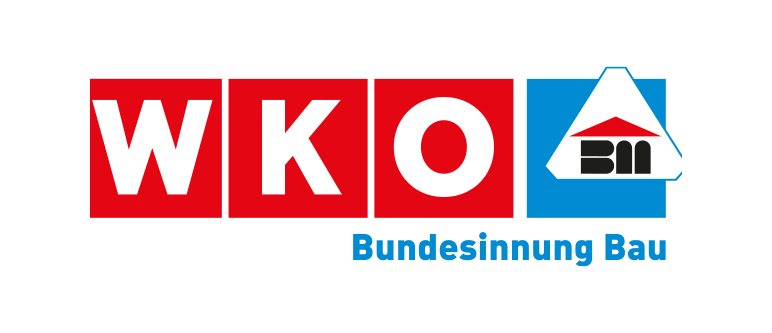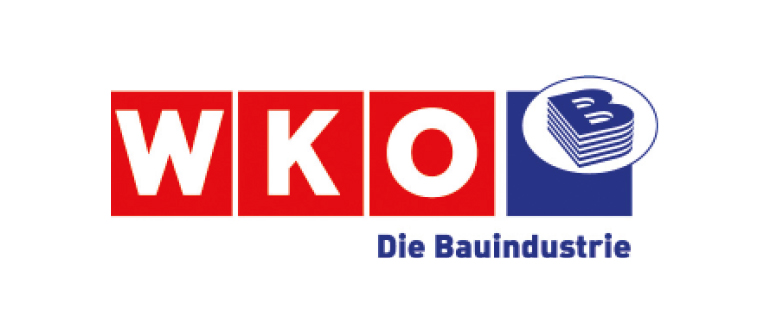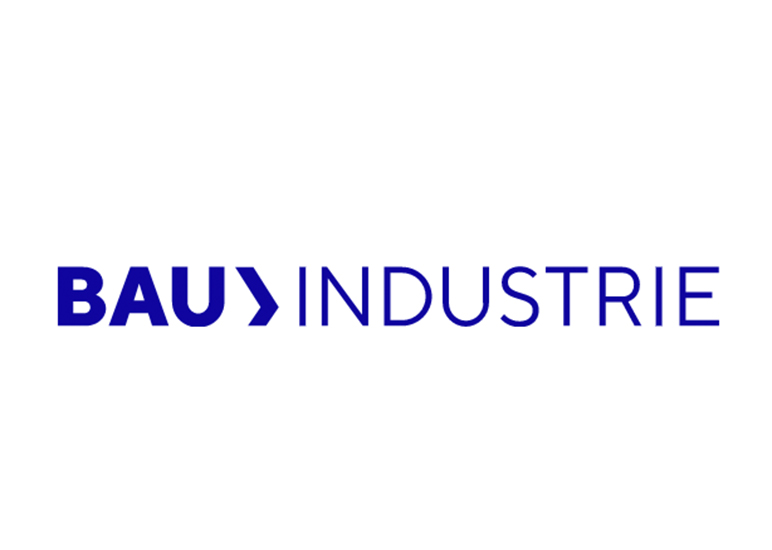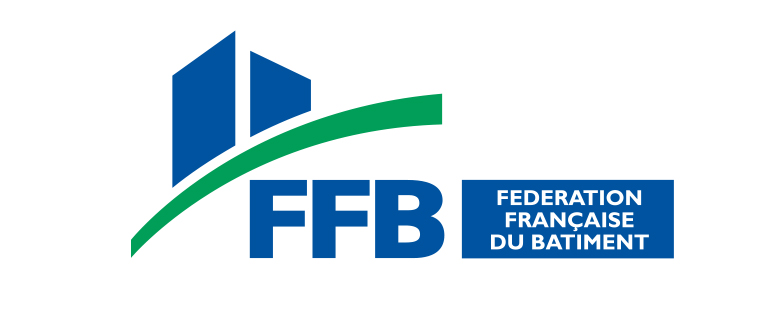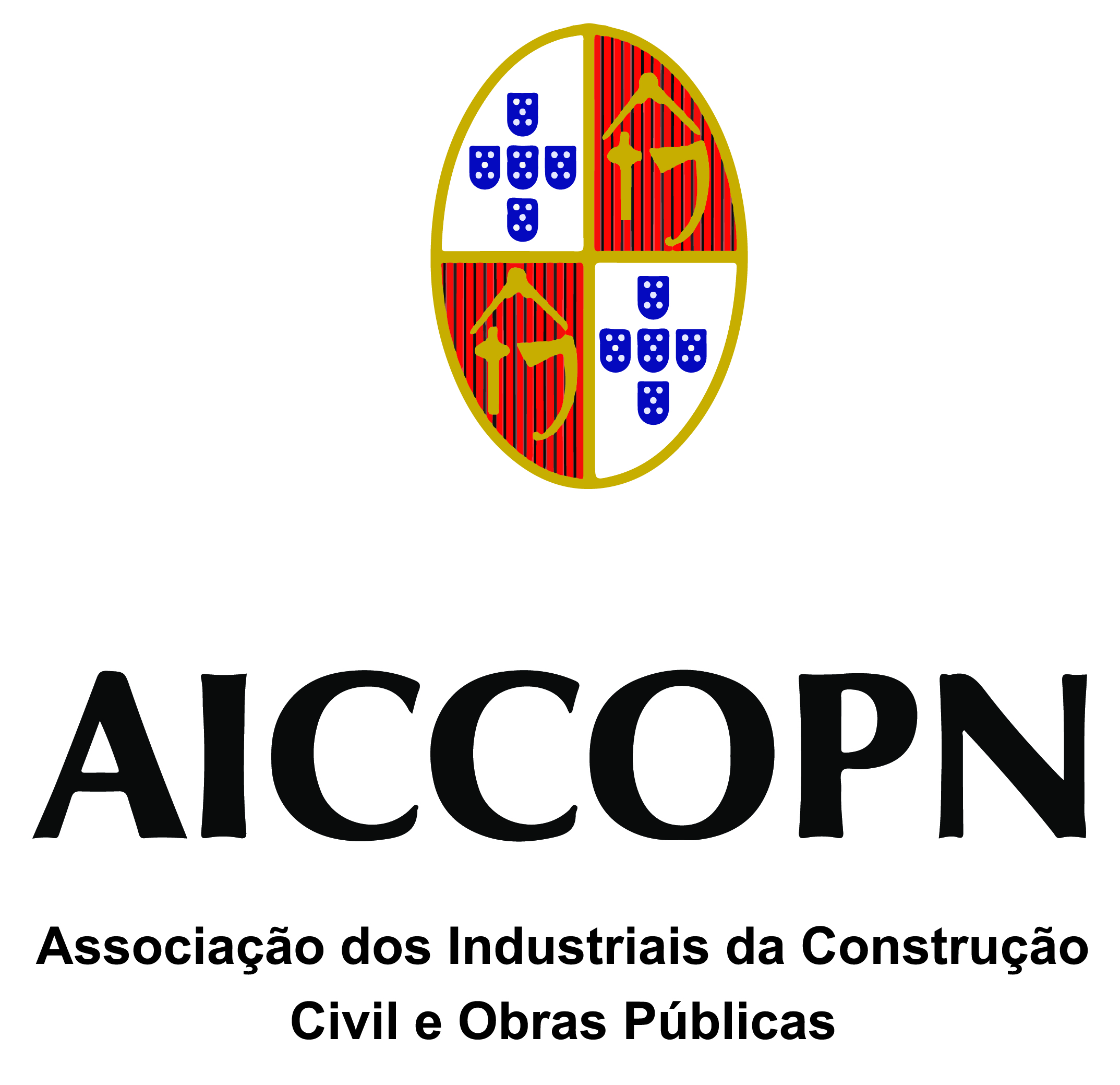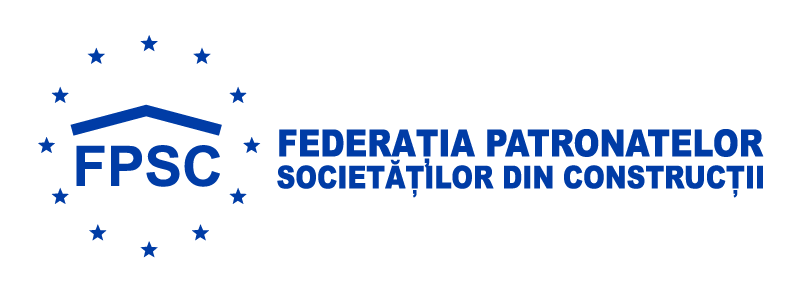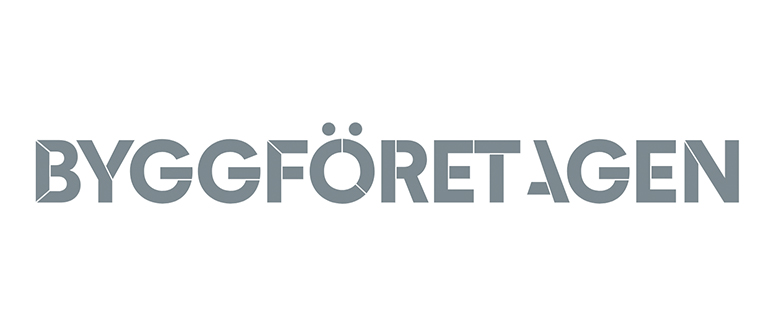Overall construction activity
Construction activity in Greece in 2024 showed robust growth, fueled by increased building permits and major infrastructure developments and building upon the positive trajectory of recent years. It was supported by factors such as:
- Economic recovery and improved investor confidence.
- Growth in the tourism and retail sectors.
- An increase in issued building permits.
- Public and private sector investments in infrastructure, renewable energy, and residential/commercial construction.
- EU Recovery and Resilience Funds allocated to construction-related projects.
Despite some challenges like rising material costs and high interest rates impacting housing loan demand, the construction sector showed strong performance and is expected to continue growing in 2025 and in the coming years, supported by ongoing investments and economic forecasts.
The total number of employees in the construction sector is also expected to increase in the 2024-2026 period.
2024 Construction Activity
In 2024, the construction sector in Greece experienced significant growth in the sector of approximately 4.5% to 4.8% in 2024, with the total output reaching around €4.37 billion, with private building permits rising notably. The Production Index in Construction (IPC) indicated strong year-on-year growth throughout 2024, accelerating in the fourth quarter to 23.6%. This growth was seen in both civil engineering and building construction. Major projects, such as the Ellinikon redevelopment and metro extensions, contributed to this growth, with over 20 billion euros allocated for infrastructure projects in 2024.
2025 Forecast
Looking ahead, the construction sector is forecasted to continue growing, although potentially at a slightly moderated pace compared to the strong rebound seen in 2024. This growth is expected to be driven by continued investments in transportation, renewable energy, residential, and commercial construction, supported by the Recovery and Resilience Facility and other funding sources. Further detailed, factors expected to fuel this growth are:
- Economic Expansion: The Greek economy is projected to continue its growth trajectory, supporting investment in various sectors, including construction.
- EU Funds: The ongoing absorption of funds from the EU's Recovery and Resilience Facility is expected to channel significant investment into infrastructure and other construction-related projects. Approximately €12.8 billion in grants are estimated to be directed towards construction-related projects between 2022 and 2026.
- Private Investment: Continued interest from both domestic and foreign investors in residential, commercial (including tourism-related), and industrial properties is anticipated to sustain private sector construction. Government policies aimed at increasing the housing stock are also expected to contribute.
- Reconstruction Efforts: Funds allocated for the reconstruction and repair of infrastructure in regions affected by natural disasters, such as Thessaly, will continue to support construction activity in 2025 and beyond.
- Employment Growth: The total number of employees in the construction sector is expected to continue increasing in the 2024-2026 period, indicating sustained activity and demand for labor.
Despite the positive outlook, the construction sector in 2025 might still face some challenges, including:
- Material Costs: While some stabilization or downward trend in construction material costs has been observed, they remain at relatively high levels, potentially impacting project budgets.
- Interest Rates: High interest rates could continue to affect housing loan demand and potentially some private sector investment decisions.
- Regulatory Environment: The impact of recent legal decisions and any further changes in building regulations could introduce some uncertainty or delays in project permitting.
- Labor Shortages: As construction activity increases, potential shortages of skilled labor and subcontractors could pose a challenge.
Overall, the Greek construction sector is poised for another year of growth in 2025, driven by a combination of public and private investments, infrastructure projects, and EU funding. While some challenges remain, the general sentiment and forecasts point towards a continued positive contribution of the construction sector to the Greek economy.
Housebuilding
Based on available data, building activity in Greece in 2024 showed a general upward trend compared to 2023. This increase is reflected in the number of building permits issued, the surface area, and the volume of construction. However, it's important to note that an increase in the number of permits does not always directly correlate with an increase in surface area or volume due to variations in the size and nature of individual projects.
For the entire year of 2024 (January to December), total building activity (private and public) saw a 14.9% increase in the number of issued building permits, a 16.8% increase in surface area, and a 9.7% increase in volume compared to the same period in 2023.
The private building sector largely drove this growth, recording a 14.9% increase in the number of permits, a 16.5% increase in surface area, and an 8.7% increase in volume during January-December 2024 compared to the previous year, as shown by ELSTAT.
Towards the end of 2024, there were some regulatory changes and legal decisions affecting building permits, particularly those related to incentives for increased building height and volume. This led to a temporary suspension of new building permits utilizing these incentives in December 2024.
2025 Forecast
The outlook for building activity in 2025 remains positive, with expectations of continued growth. Looking further ahead, residential construction projects are expected to support growth from 2026 to 2028.
Nevertheless, some forecasts suggest that the residential segment's growth might be more moderate compared to non-residential and infrastructure. Rising property prices and the impact of interest rates on housing loan demand could be contributing factors. However, demand for modern and luxury housing, as well as interest from foreign investors, is expected to provide some support.
Non-residential construction
The strong performance of the tourism sector and the inflow of Foreign Direct Investment (FDI) also significantly contributed to the buoyancy of the Greek construction industry in 2024. The total number of tourist arrivals in Greece experienced substantial growth, increasing by 20.6% year-on-year in the first five months of 2024, following an already strong annual growth of 17.6% in 2023. This robust growth in tourism has a direct positive impact on investor confidence, particularly in sectors like hospitality, which often leads to increased construction of new hotels and resorts, as well as upgrades to existing facilities.
Furthermore, Greece witnessed a significant rise in FDI in the preceding year, with an increase of 20.2%. This influx of foreign capital often supports various construction projects across different sectors, including residential, commercial, and infrastructure. This trend was continued into 2024.
2025 Forecast
Forecasts suggest that the non-residential buildings segment is likely to be a key contributor to growth. Namely, in 2025 an international tender worth €188 million is underway for the construction of a new runway and a multi-story parking structure at Eleftherios Venizelos Airport in Athens. Looking further ahead, commercial construction projects are expected to support growth from 2026 to 2028.
GDP 2024
BILLION
POPULATION 2024
Total investment in construction in 2024
BILLION
Civil engineering
Several significant infrastructure projects were underway in 2024, contributing to the overall construction activity. Large-scale infrastructure projects, including transportation (roads, railways, metro extensions), energy (including renewables and grid connections), and utilities, are expected to continue or commence in 2025, driving significant construction activity. Examples include the Thessaloniki Metro, the completion of Pier 6 at the Port of Thessaloniki , the electrical interconnection of the Cyclades islands, and various road projects like the extension of Ionia Odos and the Northern Road Axis of Crete (BOAK). The Ellinikon project, Europe's largest private investment project, also continued to progress.
2025 Forecast
The outlook for civil engineering in 2025 remains positive, with expectations of continued growth, since a substantial pipeline of infrastructure projects is expected to be auctioned or continue construction in Greece in 2025, promising significant activity in the sector. Among the projects anticipated for auction are the Dodecanese Islands Electrical Interconnection, estimated at €1.42 billion; and the Alexandroupolis–Ormenio Railway Line, with a budget of €800 million. Construction on the Ionia Odos Extension to the Greek-Albanian Border is also set to begin by summer 2025.
Prices of construction materials
There is a need for a systematic operation of the mechanism for determining the price revision factors that will cover the whole range of individual cost elements, in order to limit the uncertainty for the participants in public works tenders and the related problems that may arise during the implementation of the projects. The development, operation and management of the Unified System of Technical Specifications and Pricing for Technical Projects and Studies and the Electronic System for Determining the Cost of Production Factors for Technical Projects will contribute to this.
Rising material costs and high interest rates were identified as potential headwinds for the sector, potentially impacting housing loan demand.
According to ELSTAT, the twelve-month average index, from January 2024 to December 2024, compared with the corresponding index from January 2023 to December 2023, increased by 3,2%. The corresponding previous twelve-month periods, the average index had increased by 6,2%
While the costs of construction materials showed a downward trend, their current levels remained elevated. This, coupled with high interest rates, negatively impacted the demand for housing loans. Furthermore, inflation in Greece rose to 3.1% in March 2025, surpassing the Eurozone average. Although this data point falls slightly outside the 2024 timeframe, it suggests potential renewed inflationary pressures that could affect the construction sector in the near future.
Number of building permits in residential construction







